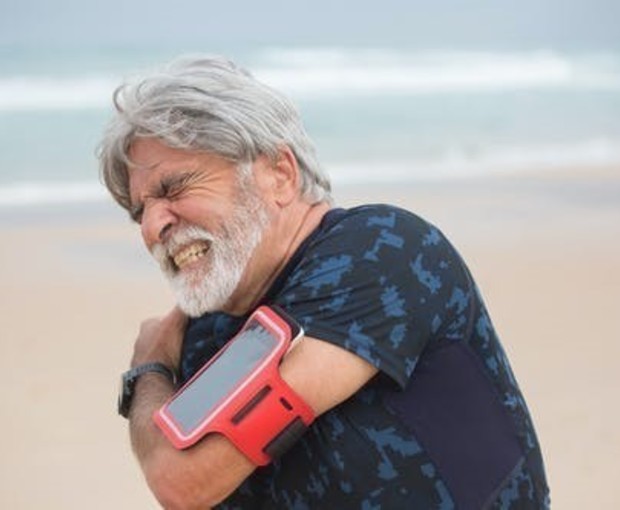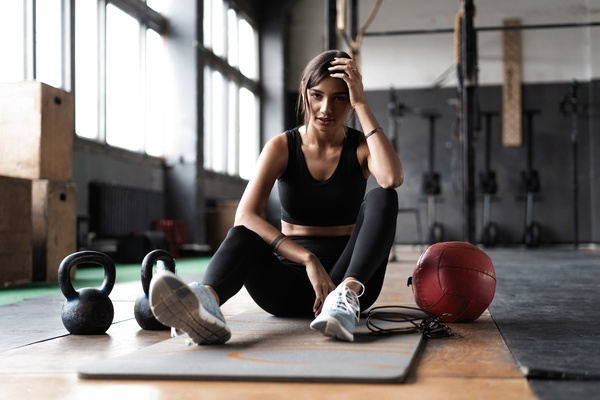
Shoulder Pain During Work or Physical Activities
Do you have shoulder pain during work or physical activity? Does this pain persist for a few moments after stopping the activity, does it bother you on a daily basis? Can't make the pain go away despite the anti-inflammatory or pain-relieving creams you use every night? Have you thought about rotator cuff syndrome 🤔??
What is that?
The tendons of the rotator cuff are small tendons that fit on the outside of your shoulder. They are very sensitive to repetitive movements, and more-so if the movement is accompanied by a more or less heavy load and in a bad position of your joint. This is the typical example of manual workers who often perform the same movements throughout the day. People who exercise and do physical activity can also be prone to this syndrome since they repeatedly perform the same technical gesture with the arm and shoulder (tennis, swimming, volleyball, hockey, baseball, etc.). If one of the tendons is affected, it is the rotator cuff syndrome, that is to say tendonitis of the small tendons mentioned above.
What are the symptoms?
It most often begins with discomfort felt just after having performed a professional or physical activity, in movements such as raising the arm or putting it behind the back. Then these discomforts begin to manifest themselves during the activity in question as well. Persistent pain then appears at all times and harms you in your daily life. Here are a few examples that might alert you: you are having some difficulty cooking, driving, snapping your bra, styling your hair or even lifting objects. The pain can be in the shoulder, but it can also be felt in other parts of the joint or arm, which can lead you to limit its daily use. You may notice a decrease in your strength, for example lifting objects that were usually light, and a decrease in movements such as grabbing a high object, or spreading your arms to the side. You then enter a vicious circle that prevents you from using your affected arm until you develop other bad compensations in the neck, elbow or hand.
How is it treated?
Your physiotherapist is your ally. He is able to accurately diagnose the structures affected during the assessment, and can also refer you to another healthcare professional if necessary. He will give you recommendations and establish an optimal management plan so that you can regain good mobility and good muscle strength in your shoulder in order to resume your activity without pain and discomfort.
Article for informational purposes and in no way constitutes a diagnosis
Source: PENSION ELIGIBILITY GUIDELINES
Tantely Frizzero-Vicenzi, Physiotherapist
Manual / Pilates therapist level III
Triathlete
Reviewed by: Maira Prado, physiotherapist.Related articles

Elevate Your Game: Shockwave and Laser Therapy for Tennis and Golfer's Elbow

The types of headaches





